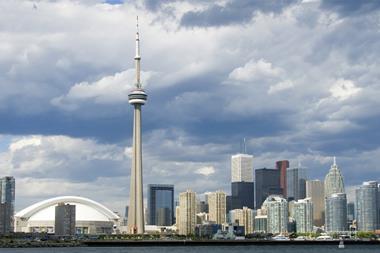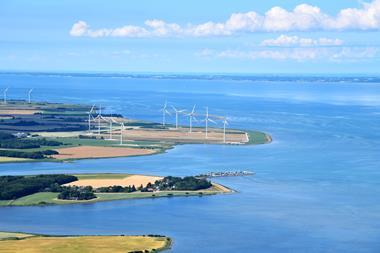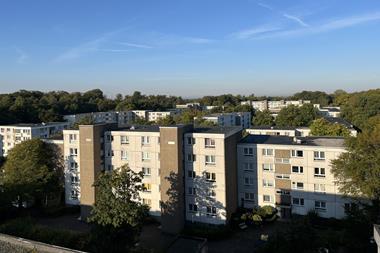Canadian cities could offer the best long-term prospects for global real estate investors according to new research from Grosvenor that takes into account “resilience” to environment and social change.
Toronto, Vancouver and Calgary topped the list of the world’s 50 most resilient cities, which Grosvenor has produced as part of its efforts to move beyond traditional assessments of property risk.
Grosvenor has tapped more than 100 separate, independently verified data sets to determine the resilience of each urban area, a measure of its potential to cope with the effects of adverse events.
Cities are vulnerable to disruption from factors such as climate change, land use, pollution, and access to energy food and water, Grosvenor said. The cities that offer the best prospects of preserving capital values in the long term have strong scores for adaptive capabilities, such as democratic governance, institutional ability to deliver long-term projects, relevant technological expertise, and access to funding.
The research “enables more informed decision making,” according to Richard Barkham, group research director at Grosvenor. In some cases there could be greater opportunities, especially where a city has demonstrated its commitment to improving its adaptive capacity.
From a real estate investor’s perspective, Barkham said, resilience allows cities to preserve capital values and generate sustainable rental income in the long term.
Barkham warned that “a portfolio of the resilient cities won’t necessarily be less volatile”. He added: “You would have a more volatile portfolio if you only invested in the top five cities. They are very similar and moving in the same cycle.”
Barkham said: “Pension funds or sovereign wealth funds can deploy capital in these cities and be confident that if they take a knock they will bounce back in a relatively short term. These cities are safe havens in a rapidly changing global environment.”
While the most resilient cities are in Canada, the report said, American cities are relatively vulnerable but their capacity to adapt makes them fairly resilient. New York has the highest adaptive capacity of the 50 cities in the study.
The lowest ranked cities are also those with the highest population forecast figures. The weakest 20 cities are in emerging markets, while most European cities were found to be middle-ranking.
The new research is part of an effort on Grosvenor’s part to move beyond traditional definitions of property risk, such as standard deviation of returns, projected vacancy rate and forecast rental growth. These have relatively little meaning in the long term, Grosvenor said, and are particularly unhelpful in a world where the basic patterns of the last millennium are shifting.
Population growth, for example, encourages inhabitation of risky locations that can expose citizens to natural disasters, straining a city’s ability to cope with adverse events.
Grosvenor believes population and economic growth are destabilising planetary systems, “placing so much pressure on resources that resilience, which has for so long been a free gift of history, urgently needs to be rethought”.
















